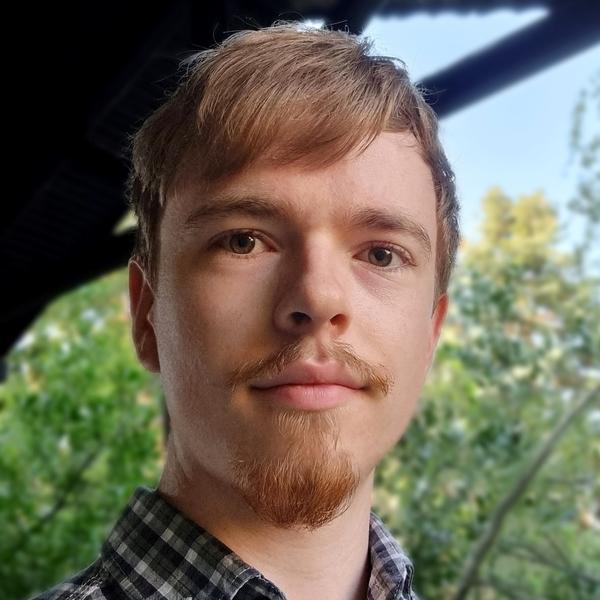University of Twente [ 12 months ]
DCS Computing [ 24 months ]
Turn on Javascript!
Turn on Javascript!
Turn on Javascript!
Turn on Javascript!
I am Balázs Füvesi from Hungary. I graduated as a chemical and process engineer from University of Pannonia. I have been involved in DEM simulations since the middle of my bachelor studies when I joined a research program for students and simulated silo discharge with a rotary valve. Later I continued in this field and during my master thesis I developed a GPU accelerated DEM simulation software.
My project title within the Tusail consortium is DEM and CFD-DEM meso-particle modelling of mixing processes. Mixing and segregation processes of granular materials are important and common steps in different industrial technologies such as mining, agriculture, chemical and pharmaceutical industry. The discrete element method (DEM) is a widely used modelling technique to simulate granular materials and particulate flows. DEM treats the granular material as discrete particles and calculates their motion individually. Due to the large number of particles in industrial scale, the discrete approach has a high computational demand, making its usage infeasible for industrial scale applications. One of the possible solutions is meso-particles or coarse graining applied to DEM, which is a discrete to discrete scale-up method. By using this scaling method, the number of simulated particles can be reduced and thus the computational load decreased. Coarse graining is a widely researched area of DEM however, it is still not well understood how the upscaling of particle sizes with coarse graining affects the mixing and segregation processes.


Develop a meso-particle model to predict segregation and mixing behaviour of large industrial mixing systems.


